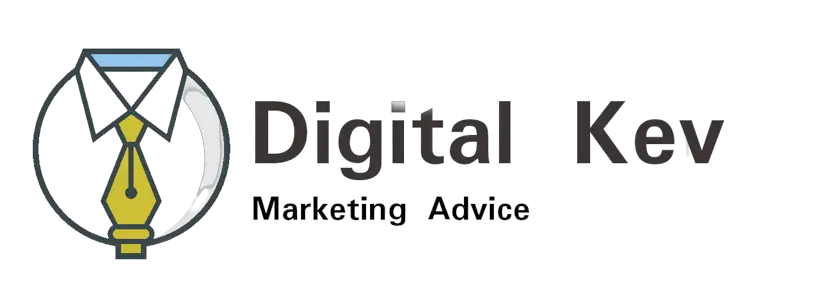Introduction
As a website owner or digital marketer, you are aware of the importance of on-page optimization. It involves optimizing the content and structure of your website to make it more visible and user-friendly to your target audience. While it is important, on-page optimization is only the tip of the iceberg when it comes to optimizing your website for search engines.
Off-page optimization, on the other hand, involves all the elements that are outside your website but impact its visibility and ranking on search engines like Google, Yahoo, and Bing. The goal of off-page optimization is to build a strong and credible online presence by establishing links, creating shareable content, and optimizing your website for social media and local SEO.
In this guide, we will explore the different techniques that you can use to optimize your website off-page, and ultimately, grow your business online.
Link Building: Connect Your Website with High-Quality Sites
One of the best off-page optimization techniques is link building. It involves creating links that connect your website with other high-quality websites in your niche or industry.
Backlinks are a popular form of link building. Backlinks are links from other websites that point to your website. Backlinks help to increase your website’s authority and credibility in the eyes of search engines. If you have high-quality backlinks from reputable websites in your industry, search engines will view your website as a reliable source of information and rank it higher in search engine results.
Another type of link building is guest posting. This involves writing and publishing an article on another website and including a link back to your website. Guest posting is an effective way to build high-quality backlinks and increase your website’s visibility.
Broken link building is also a technique that you can use to build links. It involves finding broken links on other websites and offering to replace them with working links to your website. Broken link building is an effective strategy for building links to your website and improving its search engine ranking.
Social Media Optimization: Connect with Your Audience on Social Media Platforms
Social media optimization involves optimizing your website for social media platforms such as Facebook, Twitter, and LinkedIn. This technique helps you to connect with your audience on social media and build a strong online presence.
By optimizing your website for social media, you can increase your website’s visibility and reach a wider audience. You can also use social media platforms to share your content and drive traffic to your website.
Facebook is one of the most popular social media platforms, and optimizing your website for Facebook can have a significant impact on your online presence. You can create a Facebook page for your website, post regular updates, and engage with your audience to build a loyal following.
Twitter is another powerful social media platform that you can use to optimize your website. By using relevant hashtags and engaging with your followers, you can increase your website’s visibility and drive traffic to your site.
LinkedIn is a professional social media platform that can help you to connect with other professionals in your industry. By optimizing your website for LinkedIn, you can showcase your professional skills and build your business network.
Content Marketing: Create Shareable and Engaging Content
Content marketing is a powerful off-page optimization technique that you can use to build your online presence. It involves creating high-quality and engaging content that resonates with your target audience.
Infographics are a popular form of shareable content. Infographics are visual representations of data or information that are easy to read and understand. By creating high-quality infographics and sharing them on social media platforms, you can increase your website’s visibility and drive traffic to your site.
Videos are also a powerful form of shareable content. By creating videos that showcase your products or services or provide informative content, you can engage with your audience and increase your website’s visibility.
E-Books are another form of shareable content that you can use to optimize your website. By creating an e-book on a topic that your audience is interested in, you can establish yourself as a thought leader in your industry and drive traffic to your site.
Local SEO: Optimize Your Website for Local Searches
Local SEO is an off-page optimization technique that is crucial for businesses that operate in a specific geographic location. Local SEO involves optimizing your website for local searches by including location-specific keywords in your content and optimizing your website for local directories.
Google My Business is a powerful tool that you can use to optimize your website for local searches. By creating a Google My Business account, you can provide your business information, including your address, phone number, and hours of operation, to Google, which will display your business information when someone searches for your business in that area.
Online directories are another important part of local SEO. By adding your business to online directories such as Yelp and Yellow Pages, you can increase your online visibility and drive local traffic to your site.
Conclusion
Off-page optimization is an essential part of optimizing your website for search engines and growing your business online. By using link building, social media optimization, content marketing, and local SEO, you can build a strong and credible online presence that will help you to connect with your target audience and drive traffic to your website.
Remember, off-page optimization takes time and effort, but the results are worth it. With the right techniques and a bit of patience, you can build a robust online presence that will help you to grow your business and reach new heights.

